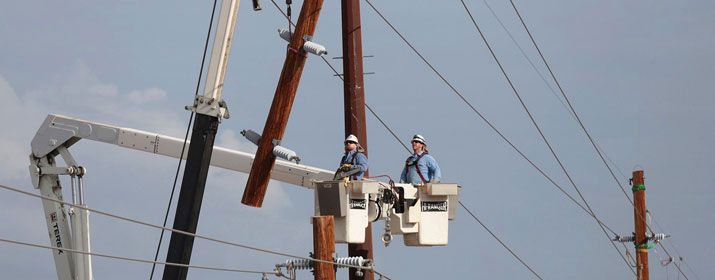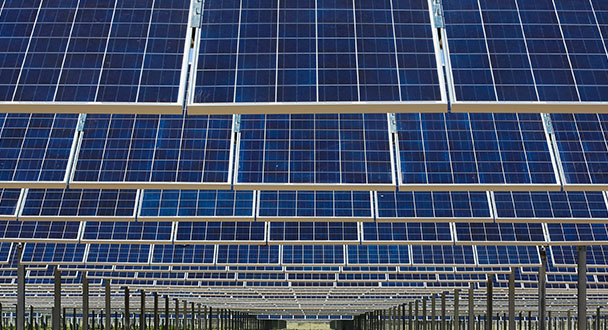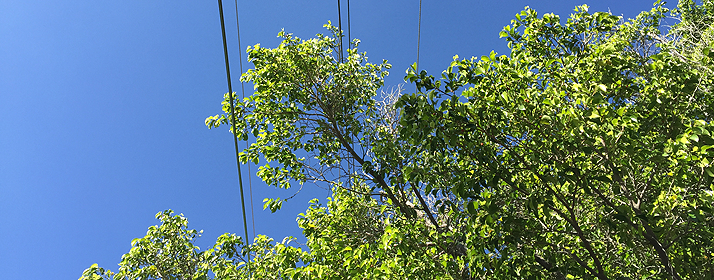
Tucson Electric Power is accelerating its ongoing efforts to replace older poles to update aging infrastructure and maintain service reliability for customers.
TEP’s local electric grid relies on nearly 109,000 distribution poles, including many that have been standing for decades. TEP typically replaces about 1,200 poles annually due to emergency and routine maintenance, new business, system improvements and line relocations.
Those efforts will begin ramping up this year to avoid becoming overly dependent on older poles. Crews will focus on areas with the highest concentrations of the oldest poles first, testing them with a new tool designed to gauge their remaining strength and detect any unseen weaknesses.
“Just like with people, old age doesn’t always correlate with condition,” said Clark Bryner, Supervisor in Transmission & Distribution Asset Management.
The testing tool utilizes a very small diameter drill bit, or needle, to drill three holes through each pole at specified locations. The tool develops a profile of the wood pole, including any pockets of cavity and decay, and calculates the remaining strength of that pole. This data determines whether the pole will be replaced or scheduled for subsequent testing. “We want to be prudent in how we manage wood poles to maximize the current investment in each wood pole before replacement, while ensuring reliability,” said Bryner.
Although TEP usually installs steel poles that are less likely to be damaged by storm winds, wood poles continue to serve their purpose well, said Carlet Castro, Manager in Transmission & Distribution.
“Replacing poles does require a significant investment, but they are much more affordable to customers than installing underground infrastructure,” Castro said. “This is a reflection of our ongoing commitment to provide safe, reliable, affordable service for our customers.”
TEP’s modern electrical grid spans 1,155 square miles and includes approximately 5,100 miles of transmission and distribution lines, plus more than 4,300 miles of underground distribution lines.






